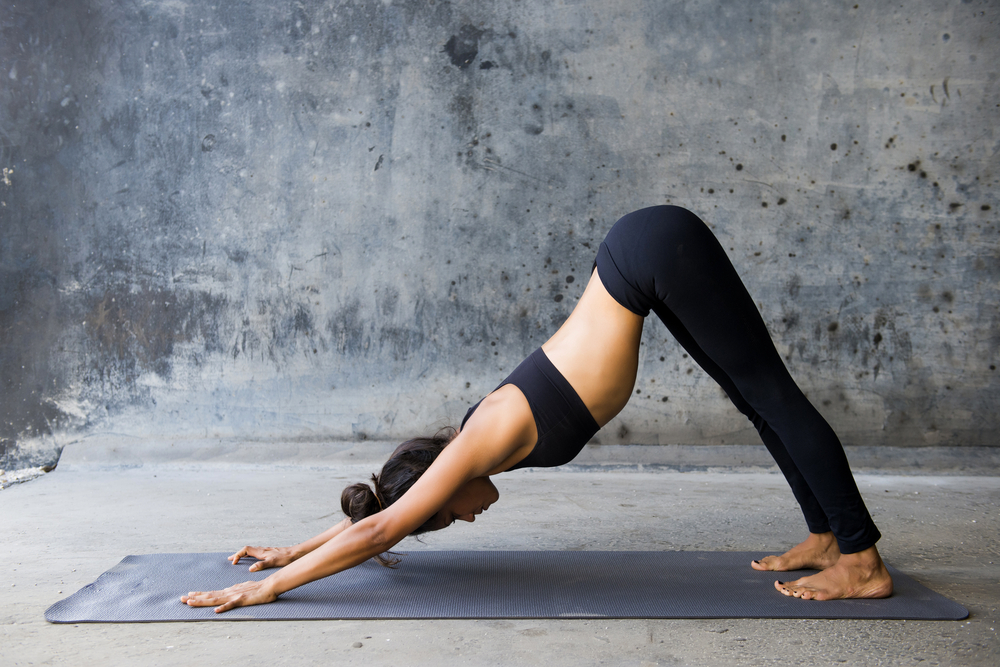
Blog author: Annie Weiss, MS RD, ultra-endurance athlete and dietitian
High-intensity exercise programs are hitting the ground hard as they work people at maximum capacity for about a minute with 30 seconds of rest in between bursts. But is that the most valuable exercise protocol we should be doing? What about low-intensity exercise – the type where we don’t break a sweat or keep conversation going most of the time? So many people crave the endorphin rush of high-intensity anything…intervals during their run, boot camp, plyometrics, but will it really affect your fitness level or waistline? No.

There is a surge of research finding that low-intensity exercise can be just as effective as high-intensity. As new information is evolving in the fitness world, many exercisers are wondering if they should even exercise at all if they can’t give 100%. The answer is a resounding yes! This type of exercise is known as LISS…the opposite of HIIT. LISS stands for Low-Intensity Steady State, which is not a ‘go big or go home’ philosophy.
A couples things to note about LISS:
- Causes less pain/strain on the body
- It can be done many times per week
- You don’t have to reach a max heart rate zone
- You generally put in 60-80% of your max, or as most would call ‘moderate activity’
So, to find your optimal heart rate zones, certainly a VO2 max is the best option, but for the sake of this blog, you can subtract your age from 220 and LISS will be 60-70% of that number.
As a dietitian, I always take into consideration the type of activity a person is doing – high or low-intensity – because at the end of the day, it’s about how many calories are being used by exercise in total, not within the workout itself. Another consideration I make is how much activity each week is high-intensity. These types of workouts, overall, cause high levels of stress hormones in the body if one is not eating enough (aka cortisol!! AHHH!!). And as I’ve been learning, most exercisers have one goal in mind and it’s weight loss, which in turn means not eating enough for the exercise they are doing. The stress hormones are going to take over and metabolism will go down the hole, versus performing mostly low-intensity exercise which does not wreak havoc on the body. So why do people keep doing something that doesn’t produce optimal results? Often times, I find it to be the endorphin rush with high-intensity work and many don’t want to give up that feeling. There definitely is satisfaction with finishing a hill repeat session or circuit with big weights, but start to ask yourself, ‘why do I need that endorphin rush so much?’ Because you can get it from low-intensity rush, it just feels different.

What are some low-intensity exercises??….walking, swimming, running, cycling…and make sure you are able to talk during those activities (maybe not swimming though or you may choke!). Strength training as well, but with lower weights and more reps. The benefits are incredible – better body results and less injury. And I promise, your speed and strength won’t be affected!